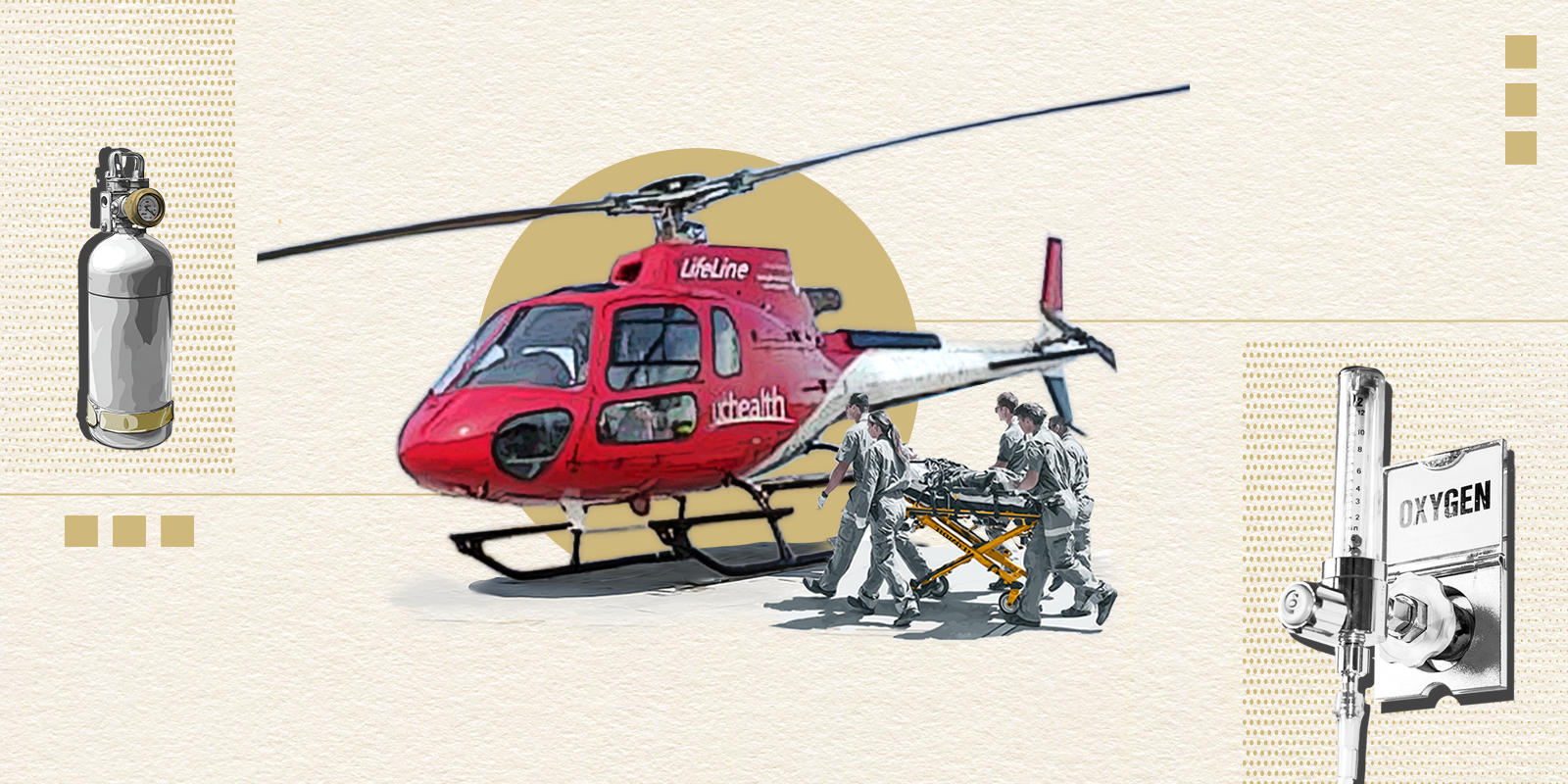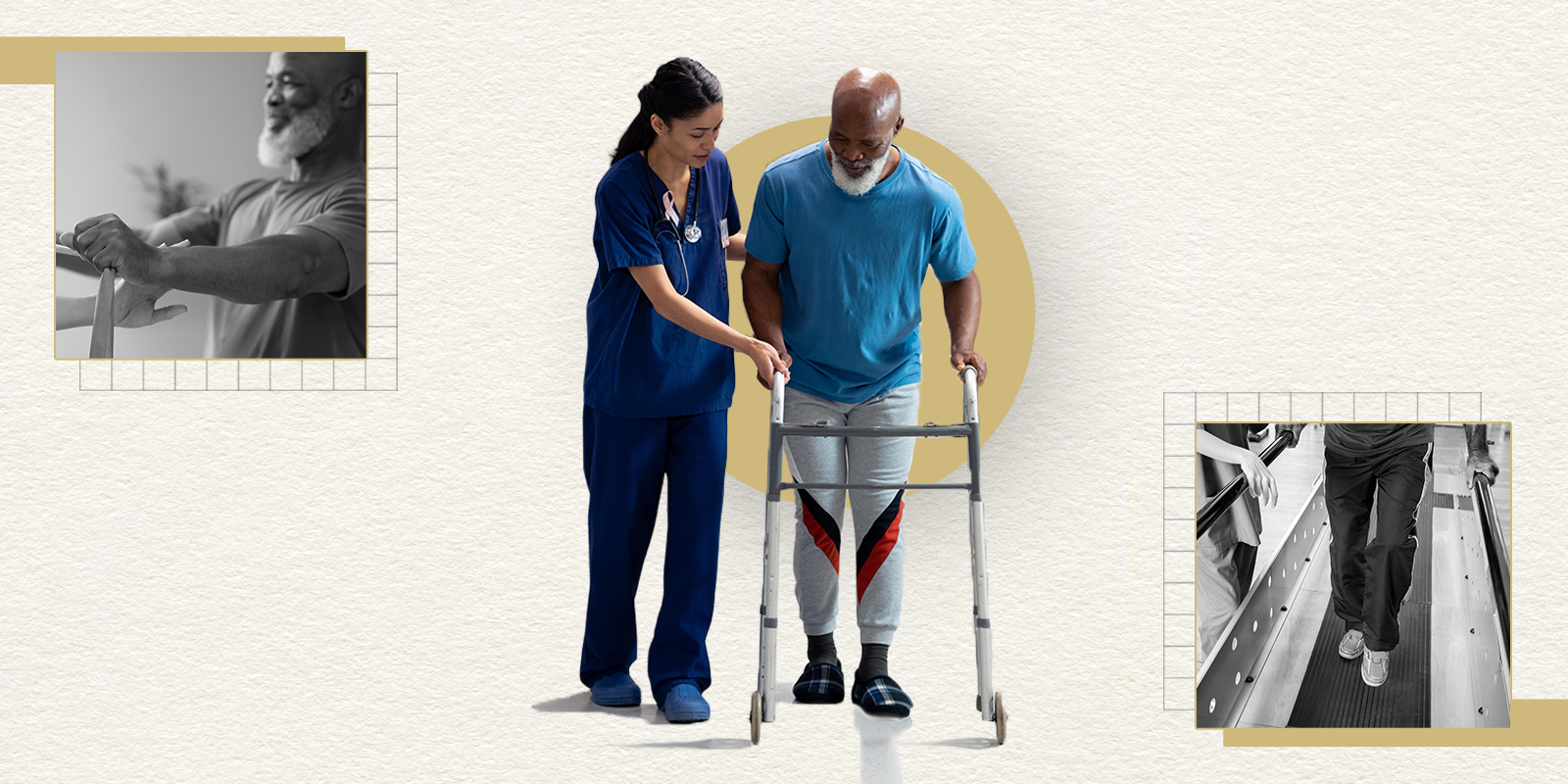For patients with severe respiratory failure, tracheal intubation is a life-saving procedure. Health care providers perform intubation in critical care settings using one of two devices: direct or video laryngoscopes.
The Pragmatic Clinical Care Research Group (PCCRG) aimed to find out which method of intubation offered better outcomes for critically ill patients. To answer the question, PCCRG, which is comprised of researchers from 17 emergency departments and intensive care units across the United States, conducted the DirEct versus VIdeo LaryngosCopE (DEVICE) trial, which was funded by the Defense Health Agency. PCCRG is a long-standing military research partner and is comprised of clinical trial experts.
PCCRG investigator Adit Ginde, MD, professor of emergency medicine in the University of Colorado School of Medicine and principal investigator of the CU Airway, Trauma, Lung injury, and Sepsis (ATLAS) Research Program co-led the trial design and established the CU Anschutz Medical Campus as the lead site in funding the study in collaboration with the CU Center for Combat Medicine and Battlefield (COMBAT) Research.
“This is practice-changing work for emergency medicine physicians and intensivists, which can apply directly to the military setting including combat medics,” says Ginde. “The U.S. military had an urgent question on optimizing emergency airway management and our PCCRG team was able to quickly design, complete, and publish a high-quality clinical trial to meet this need.”
The trial was published in the New England Journal of Medicine this June.
Technology raises the bar
DEVICE was a multicenter randomized clinical trial in critically ill adults to compare first-pass success during endotracheal intubation between direct and video laryngoscopes.
The direct-laryngoscope method is a more manual approach where the physician places the tube by peeking into the mouth during placement. While the direct approach is still effective, video gives a better view to passing the tube, Ginde says.
“The common thread in our work for PCCRG is to answer burning clinical questions, often when there is variability in practice and no clear evidence for which approach is best,” says Ginde.
Among 1,417 patients, successful intubation on the first attempt occurred in 600 of the 705 patients (85.1%) in the video-laryngoscope group and in 504 of the 712 patients (70.8%) in the direct-laryngoscope group. The trial was stopped early by the independent study monitoring board because of clear superiority of video laryngoscopy.
“The results are unambiguous,” Ginde says. “The video-laryngoscope is now clearly now the gold standard of practice for emergency tracheal intubation. These results are practice-changing because 80% of tracheal intubations worldwide still use direct laryngoscopes.”
Implications for military and beyond
While the results are clear that video-laryngoscope is the new benchmark for success for this critical procedure, questions remain about training and implementation.
The direct method is still an important skill for physicians to learn, according to Ginde. Physicians can learn both methods in case the video method fails for any reason, like a rare malfunction in the video light or battery or fluid that obscures the camera, but the direct method can be done using a video laryngoscope.
The trial’s lead military investigator, LTC Steven Schauer, DO, MS, RDMS, collaborator for the CU Center for COMBAT Research, looks forward to implications for the military.
“The military still primarily relies on direct laryngoscopy,” he says. “This trial provides the strong data we need to push the video technology out to every medical space on the battlefield. The primary challenge is the cost, so moving forward, we’d need lower cost, military-ready video systems we can purchase for widespread use.”
"We want these trials to be informative and translate to military and civilian practices, all with the goal of improving patient outcomes.”
Through the Center for COMBAT Research, Schauer worked with the Defense Health Agency and the 59th Medical Wing (U.S. Air Force) to complete the trial with Ginde and the PCCRG team. The Center for COMBAT Research works with military partner organizations, like the 59th Medical Wing, to change clinical practice guidelines in military practice, which translate to physician and combat medic training.
“This collaboration is a perfect example of what the center aims to address; solving the military’s toughest clinical challenges and saving lives on the battlefield and at home, ” says Vik Bebarta, MD, professor of emergency medicine and director for the Center for COMBAT Research. “We are already working with the DHA to implement the results of the study in the military clinical practice guidelines and operational combatant commands to update training standards and logistical planning.”
Ginde attributes the trial’s rapid results to the collaboration between the PCCRG network including key collaborators at Vanderbilt University Medical Center, military partners, university institutions, and the Center for COMBAT Research. “We completed the largest acute airway clinical trial ever conducted in just eight months, which was breathtaking speed,” he says. “Clinical trials often take 3 to 5 years to complete. We were focused on a key question and delivered actionable results. We want these trials to be informative and translate to military and civilian practices, all with the goal of improving patient outcomes.”



